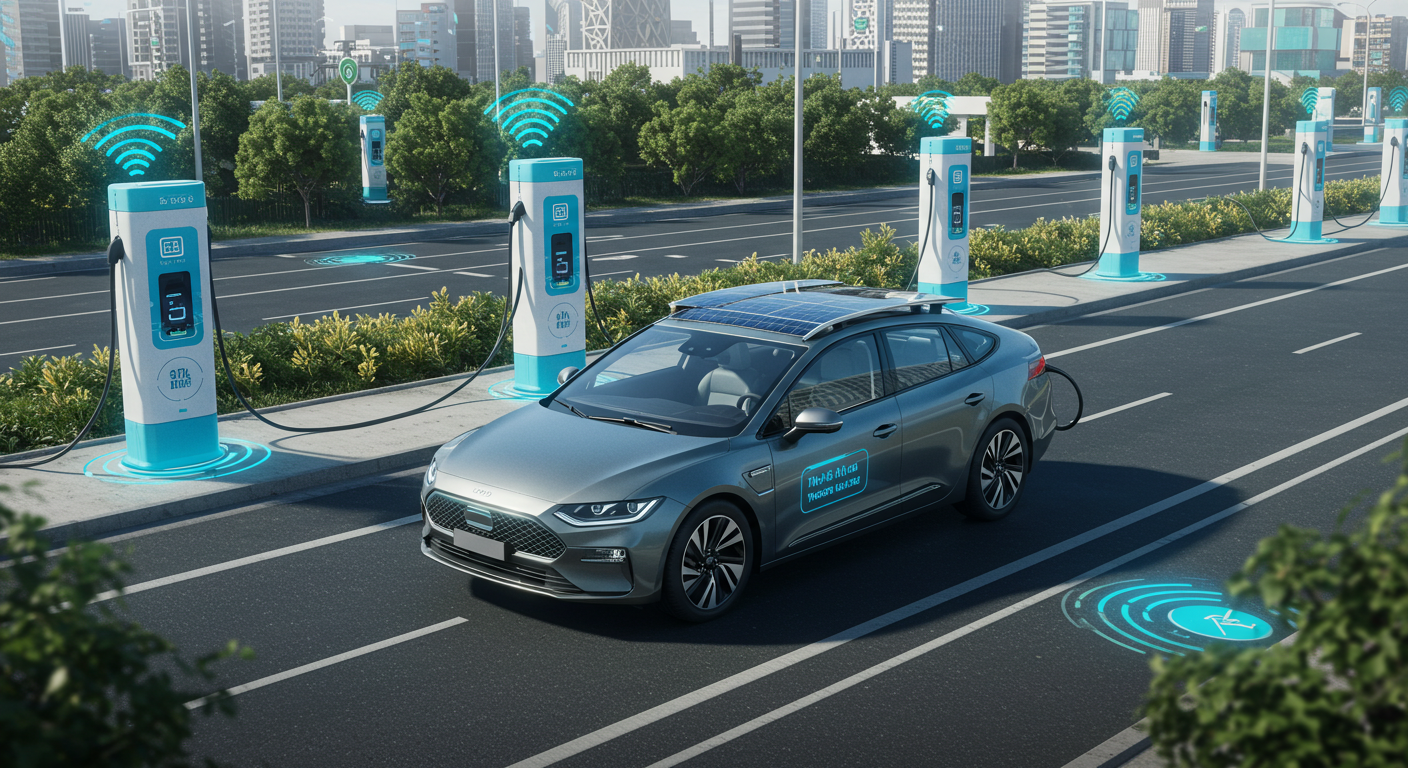Enhanced Energy Efficiency
One of the most exciting prospects of combining EVs with AD is the potential for enhanced energy efficiency. Autonomous driving systems can optimize EV performance by making real-time decisions on speed, acceleration, and routing to minimize energy consumption. For example, AD-equipped EVs can communicate with traffic systems to avoid congestion, reducing idle time and energy waste. This synergy could significantly extend the range of EVs, addressing one of the primary concerns of consumers and making electric mobility more practical and appealing.
Key Insight: Autonomous EVs can increase energy efficiency by up to 30% through optimized driving patterns and route planning.
New Mobility Models
The integration of EVs and AD opens the door to innovative mobility services, such as autonomous ride-hailing and car-sharing fleets. These services can operate with lower emissions and reduced operational costs, as EVs have fewer moving parts and lower maintenance needs compared to traditional internal combustion engine vehicles. Additionally, autonomous EVs can reposition themselves to charging stations during downtime, ensuring they are always ready for use. This combination could revolutionize urban transportation, offering convenient, cost-effective, and eco-friendly alternatives to private car ownership.
Environmental Impact
By merging AD with EVs, we can accelerate the reduction of greenhouse gas emissions and combat climate change more effectively. Autonomous EVs can be programmed to drive in ways that maximize energy efficiency and minimize environmental impact—such as platooning, where vehicles travel closely together to reduce aerodynamic drag. This dual approach not only supports global sustainability goals but also aligns with increasing regulatory pressures for cleaner transportation solutions, making it a win-win for the planet and policymakers alike.





